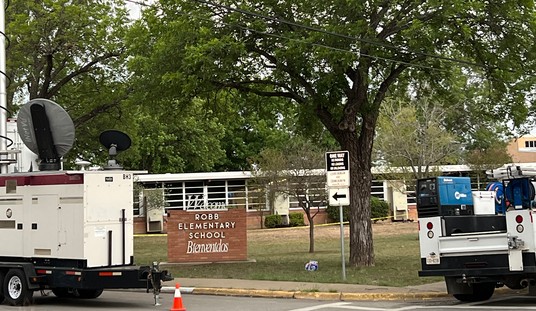The group calls themselves DRASTIC which stands for Decentralized Radical Autonomous Search Team Investigating COVID-19. Basically this is a group of online researchers led by an anonymous guy in India who calls himself The Seeker. He and other members of DRASTIC have managed to uncover some pretty interesting information about SARS-COV2 over the past year, information that it seems China did not want to share with the world. Today Newsweek published a story recounting some of the group’s finds.
The key facts quickly came together. The genetic sequence for RaTG13 perfectly matched a small piece of genetic code posted as part of a paper written by Shi Zhengli years earlier, but never mentioned again. The code came from a virus the WIV had found in a Yunnan bat. Connecting key details in the two papers with old news stories, the DRASTIC team determined that RaTG13 had come from a mineshaft in Mojiang County, in Yunnan Province, where six men shoveling bat guano in 2012 had developed pneumonia. Three of them died. DRASTIC wondered if that event marked the first cases of human beings being infected with a precursor of SARS-CoV-2—perhaps RaTG13 or something like it.
In a profile in Scientific American, Shi Zhengli acknowledged working in a mineshaft in Mojiang County where miners had died. But she avoided connecting it to RaTG13 (an omission she had made in her scientific papers as well), claiming that a fungus in the cave had killed the miners.
At this point, The Seeker suspected the issue of how the miners died might be significant and went to work searching a database of Chinese research papers he’d discovered. He doesn’t speak Chinese so he used Google translate to put together search strings of Chinese characters. And then he’d spend hours going through the results trying to identify anything that was relevant. After several nights he hit upon a 60-page paper about the miners:
…a 60-page master’s thesis written by a student at Kunming Medical University in 2013 titled “The Analysis of 6 Patients with Severe Pneumonia Caused by Unknown Viruses.” In exhaustive detail, it described the conditions and step-by-step treatment of the miners. It named the suspected culprit: “Caused by SARS-like [coronavirus] from the Chinese horseshoe bat or other bats.”
The Seeker dropped the link, without fanfare, on May 18, 2020, then followed up with a second thesis from a PhD student at the Chinese CDC confirming much of the information in the first. Four of the miners had tested positive for antibodies from a SARS-like infection. And the WIV had been looped in to test samples from them all. (Shortly after The Seeker posted the theses, China changed the access controls on CNKI so no one could do such a search again.)
That discovery was met with very little media attention at the time but later several media outlets did to try to reach the mine shaft where the six miners had been infected. They found that it was blocked by government minders who offered various excuses for why the road was closed. Meanwhile DRASTIC gained additional help including a Spanish data scientists named Francisco de Asis de Ribera. Ribera helped catch American scientist Peter Daszak in an apparent lie:
Had the WIV been actively working on RaTG13 during the seven years since they discovered it? Peter Daszak said no: they had never used the virus because it wasn’t similar enough to the original SARS. “We thought it’s interesting, but not high-risk,” he told Wired. “So we didn’t do anything about it and put it in the freezer.”
Ribera disproved that account. When a new science paper on genetics is published, the authors must upload the accompanying genetic sequences to an international database. By examining some metadata tags that had been accidentally uploaded by the WIV along with its genetic sequences for RaTG13, Ribera discovered that scientists at the lab had indeed been actively studying the virus in 2017 and 2018—they hadn’t stuck it in a freezer and forgotten about it, after all.
Dr. Shi has also claimed that a database of viruses stored at the WIV had been taken offline in Jan. 2020 because it was under attack in the wake of news of the coronavirus. But DRASTIC discovered the database had actually gone offline earlier in September 2019, months before anyone in the world had heard of the coronavirus. In May, The Seeker also found a list of theses supervised by Dr. Shi and that proved to be another treasure trove:
They indicated that the WIV researchers had never believed a fungus had killed the Mojiang miners, contradicting Shi’s remarks in Scientific American and elsewhere. In fact, WIV researchers had been so concerned about a new SARS-like outbreak that they’d tested the blood of neighboring villagers for other cases.
None of this proves the lab leak theory or disproves the natural transfer theory. What it does do is make you very suspicious of anything Dr. Shi has to say about her work. All of this information about what killed the miners, about the multiple other viruses found in the same location, about the fact the WIV was working with RaTG13 years after it was discovered—all of that could have been revealed last January. Instead, China seems to have been in cover-up mode.
Is there a reason for that or is rampant paranoia just a natural feature of communist dictatorships? The only thing we can be sure of at this point is that China’s answers to the questions cant be trusted.








Join the conversation as a VIP Member